|
By Dee Hudson There are actually many mammals and birds active during the cold weather. What animals might you be able to see this winter? Today I’ll feature a few larger mammal species that I think you will enjoy and be most likely to see during a visit. I will also give you tips on where to look for these winter animals. Bison There is a very popular animal that draws the attention of most of our visitors, and that is our national mammal, the bison. The Nature Conservancy is committed to keeping the bison as wild as possible, so besides some minimal veterinary care during the yearly roundup, the bison breed, birth, feed, and care for themselves without human intervention. Our bison roam across 1500 acres of rolling landscape, so they may not always be visible. For your best chance to see the bison, bring a pair of binoculars and begin your search from the Visitor Center, an open-air covered pavilion that offers outstanding views of the surrounding grasslands, as well as the southern bison unit. Be sure to pick up a hiking brochure there, for the map inside indicates the bison unit locations. Many visitors can also experience a close-up view even from their cars. Just be sure to pull off to the side of the road and turn on your hazard lights. CAUTION: When a lot of snow is present, it is difficult to find parking or a pull-off. Be safe! Also, please be considerate of Nachusa's neighbors, of their property and road use. A six-foot fence surrounds the bison units. For visitor and bison safety, there is no admittance inside these bison units, by foot or by vehicle. Visitors must stay 100 feet from the bison at all times, even when separated by a fence. The bison look tame and gentle, but they are wild and unpredictable animals. Keep in mind that the adults weigh 1000-2000 pounds, are very agile, and can quickly turn and accelerate to 30+ miles per hour. Deer The white-tailed deer is another large mammal often seen at the preserve. Look for them to gather in the early morning or right before sunset. They can even be seen grazing near the bison herd. The deer enter and exit the bison units quite easily, either leaping over the fences or, more often, going under. The fence does not go completely to the ground, and this allows other animals to come and go. The deer tracks are very recognizable. They look like upside down hearts. Beaver Nachusa has beavers throughout the preserve, for these masters of engineering have been drawn to the restored wetland habitats. In winter the beavers are not hibernating, but are snuggled inside their well-insulated lodges. They have stashed a food cache of small twigs and branches in the mud at the bottom of their pond, and they use their lodge’s underwater entrance to access the supply throughout the winter. The water is not too cold for them, even in the coldest Illinois winters, for they have a thick and very warm winter coat. In January they may begin to mate, with their young born in springtime. While the water is frozen, the beavers are unlikely to be seen. However, evidence of their presence in the landscape certainly can, if you know where to look. If you look north from the Visitor Center you can spot the lodge in the restored wetland. It looks like a mound of sticks, with some plants growing on top. Other signs of beaver presence to look for are gnawed trees and beaver stumps.
Red Fox A fox’s fur is so warm that it has no problem curling up on the snowy ground. If its nose becomes too cold, the bushy tail wraps around and makes a great facemask. In the winter, the fox will mainly eat other mammals, such as rabbits and rodents, and of course, it won’t pass up any carrion. In Illinois mating occurs during the winter months, mainly January and February. The young will be born in an underground den in March and April. Look for fox in the prairies and along the woodland edges, and it’s best to begin your search close to sunrise or sunset, because they are mainly nocturnal. Opossum The opossum is the only marsupial species (a mammal with a pouch) native to Illinois, and also to North America. That alone makes this mammal interesting and unique. Then you see that they have an opposable toe and a nearly furless prehensile tail, used to grasp things and climb. With such a naked tail, it might be expected that they hibernate during Illinois winters, but they do not. However, they do stay in their dens during really cold weather, venturing out on warmer winter days. Since opossums are omnivores, winters at Nachusa provide a lot of small mammals to eat; they also eat a lot of road kill (and then occasionally become road kill themselves). For shelter, they may find a hollow log or use one of the stacked brush piles. Opossums are nocturnal, so they’re most likely to be seen in the early morning or before sunset. Look for opossums in Nachusa’s wooded areas near ponds and creeks, for they prefer to have a den near water. Coyote Many Nachusa volunteers have enjoyed a choir of coyote voices during the nighttime hours — yips, barks, and howls — so many communicating at once, that it is hard to tell how many are present. Coyotes are very active at Nachusa during the night, probably feasting mainly on the preserve’s rabbit population, as well as other small mammals. As with many of the other animals discussed, for the most success, look for the coyotes in the early morning hours or before sunset. Look for them running along the vehicle tracks that course through the units. As seen by the coyote footprints and scat, humans are not the only mammals that like to use these vehicle tracks. Come visit the preserve this winter and enjoy Nachusa’s wide-open spaces and special creatures. Let us know in the comment section whether you see any of these mammals. Please visit the Friends of Nachusa Grasslands website for the preserve's full mammal inventory list.
0 Comments
Your comment will be posted after it is approved.
Leave a Reply. |
Blog CoordinatorDee Hudson
I am a nature photographer, a freelance graphic designer, and steward at Nachusa's Thelma Carpenter Prairie. I have taken photos for Nachusa since 2012. EditorJames Higby
I have been a high school French teacher, registered piano technician, and librarian. In retirement I am a volunteer historian at Lee County Historical and Genealogical Society. Categories
All
Archives
January 2024
|
CONNECT WITH US |
|
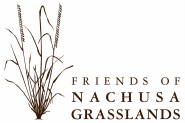
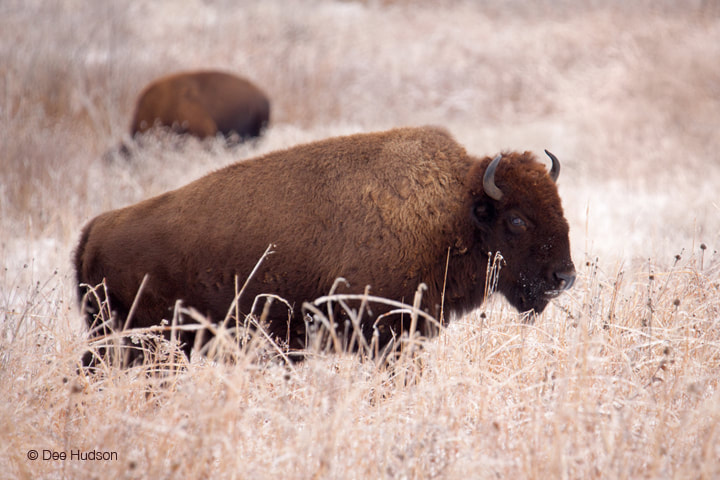
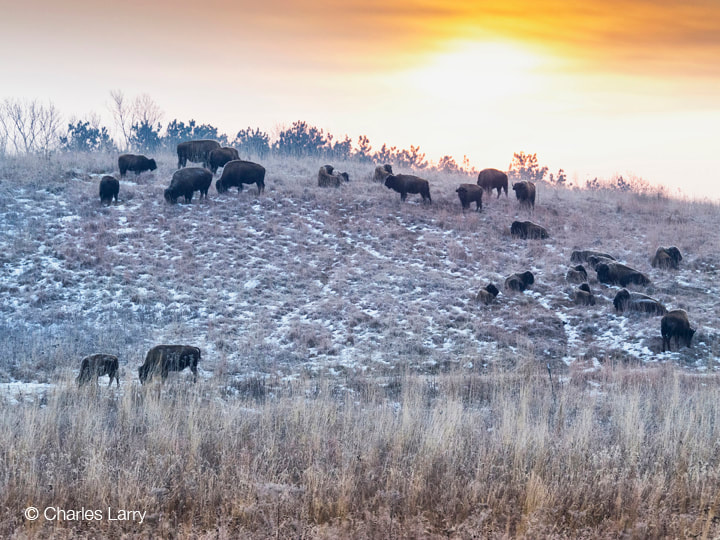

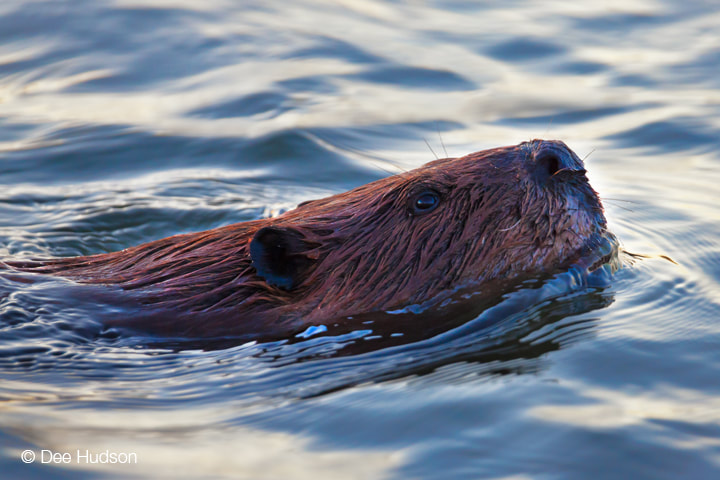
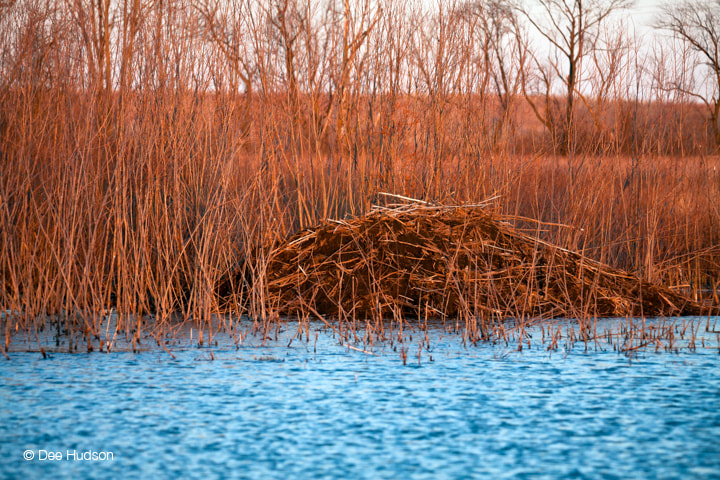
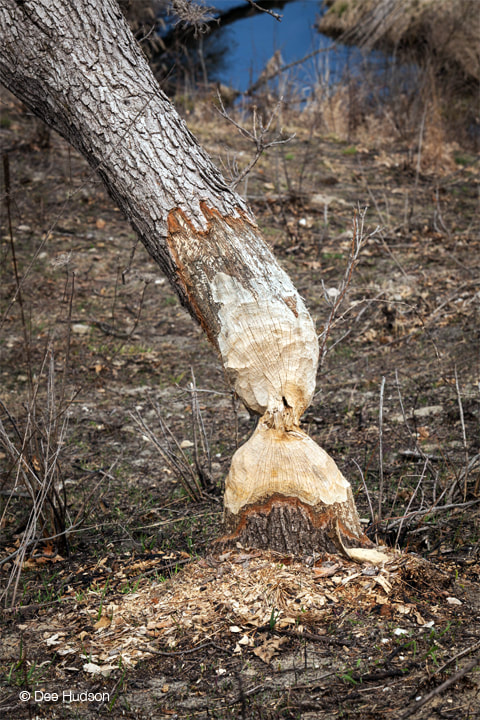

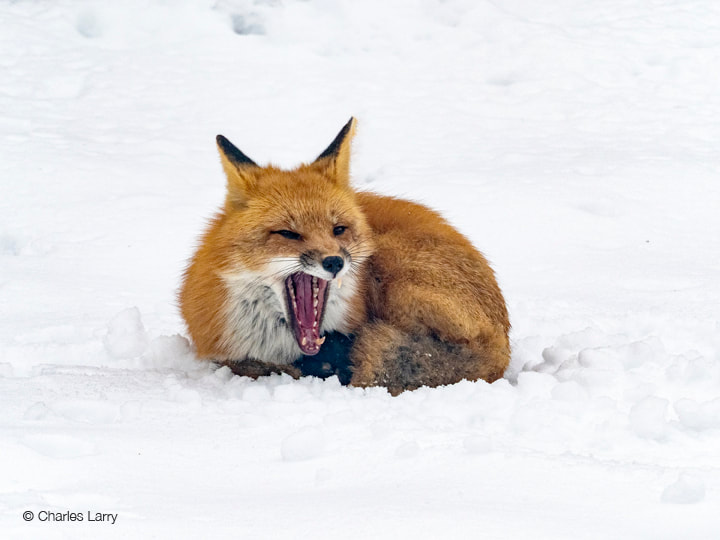
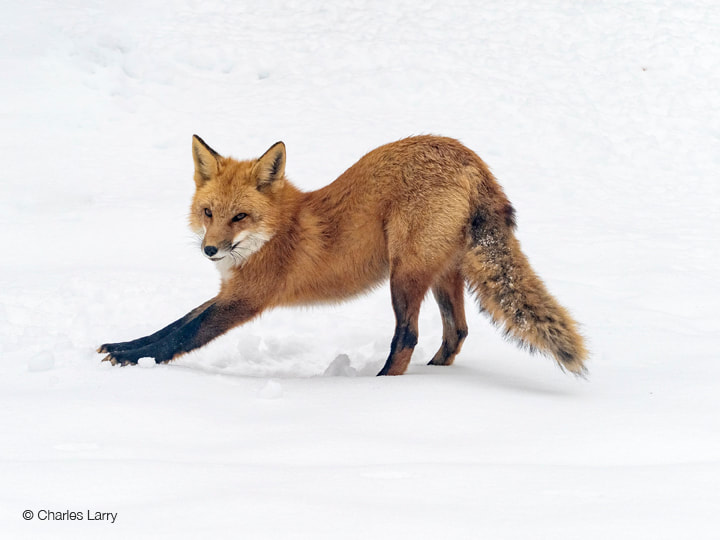
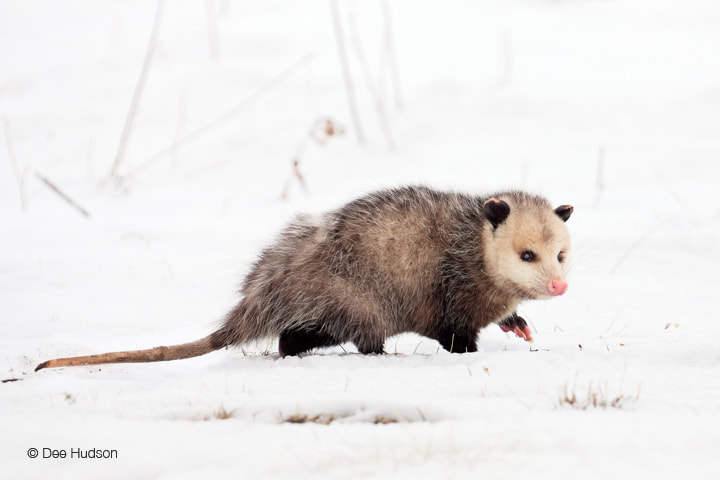
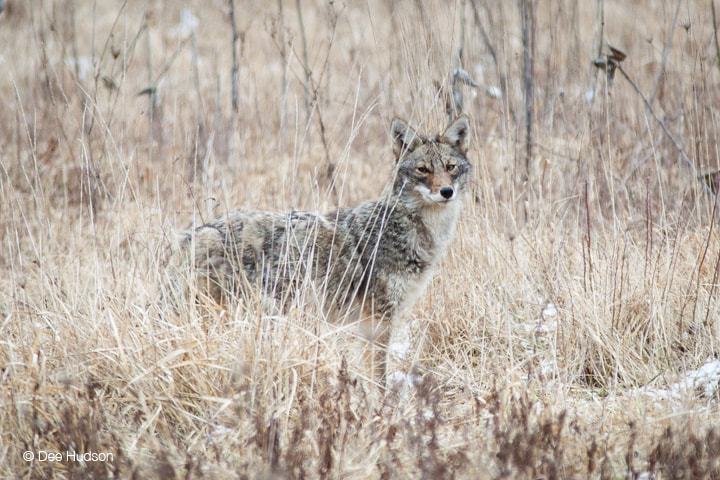
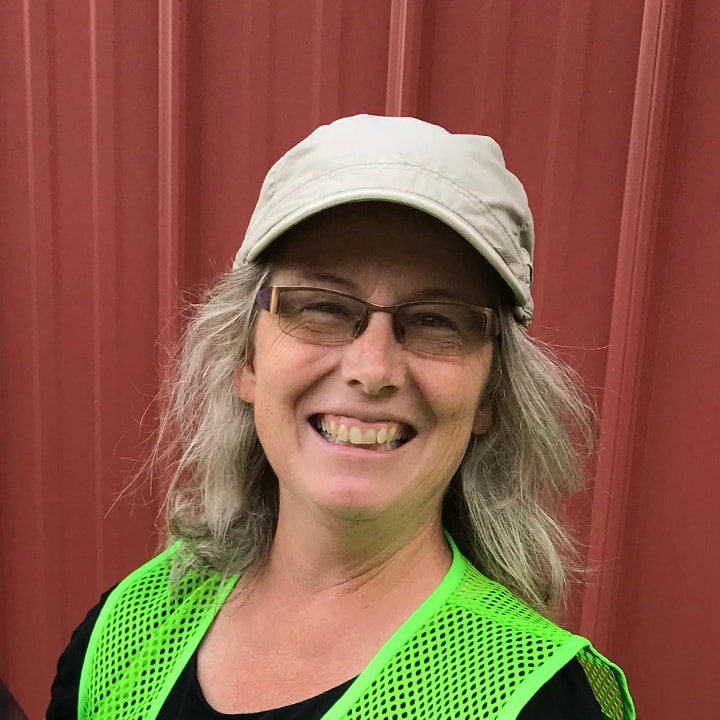
 RSS Feed
RSS Feed